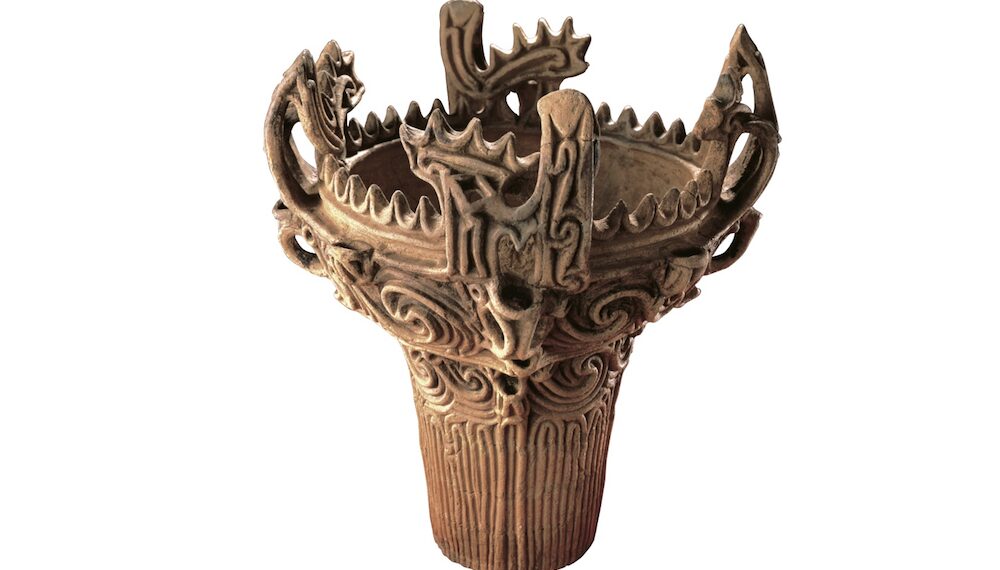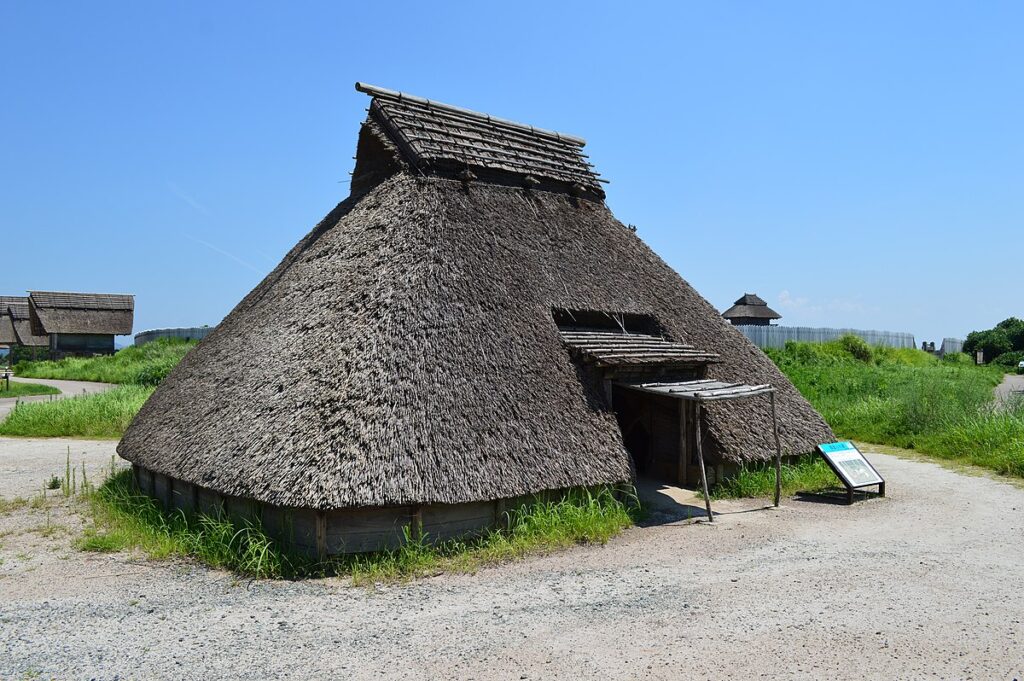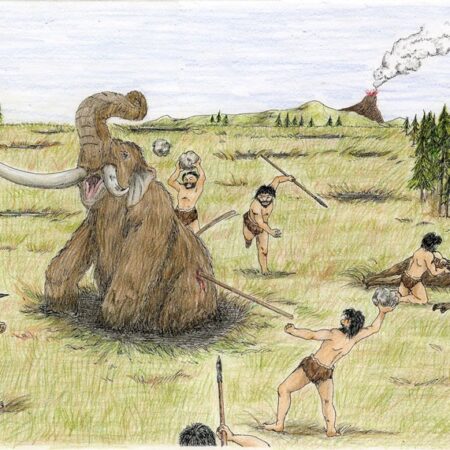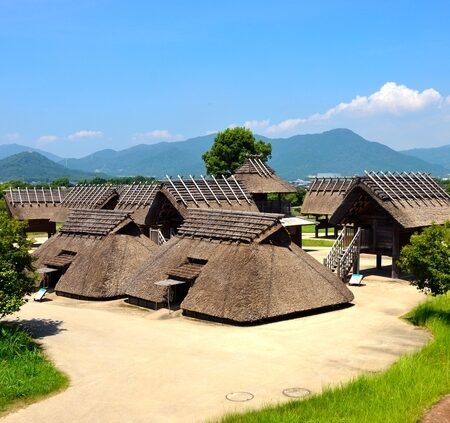As the climate warmed, life became more comfortable for people, and various cultures began to emerge, collectively known as the Jōmon culture. The most famous among these is Jōmon pottery. Other notable developments include pit dwellings, polished stone tools, the use of bows and arrows, and the creation of clay figurines. Let’s explore the Jōmon period, a time when people’s culture began to flourish.
The Beginning of the Jōmon Period
The Jōmon period marks a time when a unique prehistoric culture blossomed in the Japanese archipelago, lasting from about 10,000 years ago to around 300 B.C. The period is characterized by its pottery, named after the cord-markings (“Jōmon” means “cord-marked”) found on the ceramics. The Jōmon period can be broadly divided into several phases, each with its own distinct developments.
Life During the Jōmon Period
The Jōmon period, spanning from around 10,000 B.C. to 300 B.C., was a time when a unique culture and lifestyle were cultivated over many millennia. People of this era primarily relied on hunting, fishing, and foraging as the foundation of their livelihood. Their lives were harmoniously intertwined with nature, living off the bounties provided by the changing seasons.
The Emergence of Pottery

The advent of pottery brought significant changes to the lifestyle of the Jōmon period. Pottery revolutionized food storage and cooking methods, leading to a diversification of diet. The ability to store food in pottery allowed for the long-term preservation of food supplies, greatly contributing to the stability of life. Previously, a lack of food could lead to immediate hunger, but with the advent of pottery, people could survive periods of scarcity by relying on stored food. The shapes and patterns of pottery changed over time, serving as valuable materials that convey the culture and technological level of the era.
The people of the time hunted large mammals such as deer, boars, and bears, fished for freshwater fish like salmon, trout, and sweetfish, and gathered shellfish and marine fish. In terms of gathering, they collected plant-based foods such as acorns, chestnuts, and walnuts. Acorns, chestnuts, and walnuts, rich in carbohydrates, fats, and proteins, played a crucial role in their diet, especially since they could now be preserved thanks to the creation of pottery.
(Image Citation: 和樂web)
The Birth of Pit Dwellings

The primary form of housing during the Jōmon period was the pit dwelling. These were structures made by digging a hole in the ground, erecting pillars within it, and then covering it with a roof. This design was well-suited for protection against the cold of winter and the heat of summer. The widespread use of pit dwellings marked a significant advancement in sedentary living and promoted the formation of settlements. In these settlements, communal activities took place, including shared storage and communal cemeteries, strengthening community bonds.
(Image citation: Wikipedia)
The Birth of a Communal Society
With the formation of settlements, the Jōmon period society began to show early forms of a chiefdom system. This system involved certain individuals or families gaining social and religious leadership roles, facilitating coordination and governance within the group. Chiefs and their families were distinguished from other members through special burial practices and ritualistic items. Such changes in social structure encouraged the division of roles and the formation of hierarchies, leading to the development of more complex social organizations.




